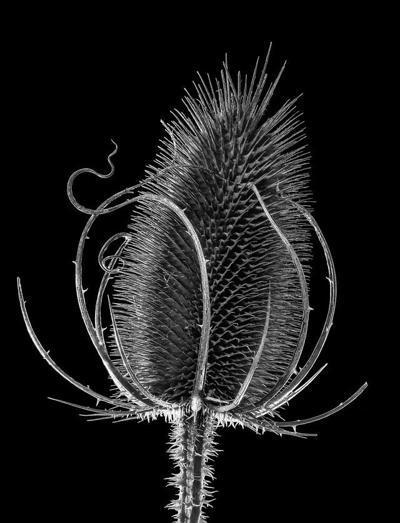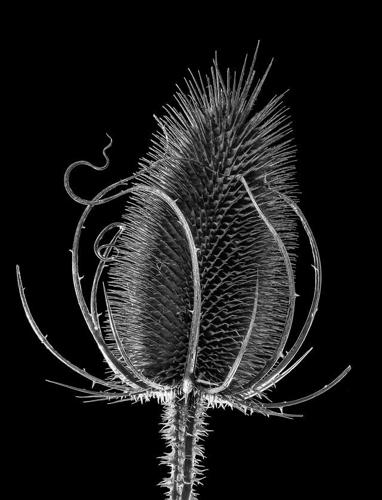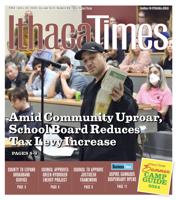Once in a while Susan C. Larkin thinks about the moments in her life when she made life-changing choices. How did she decide to become a photographer? “My father, Tim Crane, was a chemist at Kodak in Rochester, where my brothers and I grew up. He was also a member of the Kodak Camera Club, and we helped with the movies he made at home. My mother, Sarah P. Crane, was a professional artist. She painted still lifes, portraits, and landscapes. Mother’s studio was in our basement, around the corner from my father’s darkroom. My parents made the Cranes’ Christmas cards at home, and when Tim Larkin and I were married, my father’s gift to us was a small Kelsey press from his father’s printing company in Vermont.”
While Susan and Tim were raising their two sons, they continued the Crane family tradition of making cards, first with a letter press and later digitally.Another family tradition Tim and Susan continued was traveling to Nantucket each summer, and later to Block Island, RI. However, instead of driving to the ferry from home, Susan and Tim traveled on their tandem recumbent tricycle. As Tim piloted from the front, Susan, the stoker, documented their trip in photos taken from the back. Each year they added to their blog: Have Trike, Will Travel.
Over time, Susan continued turning to her camera and wanted to know more. “Tim taught himself, but I wanted to study Photoshop in a class. In 2005 I found that Tompkins Cortland Community College offered Photoshop at TC3 Biz in downtown Ithaca. I studied first with Keith Millman, and after a nine-week introduction, I was launched.”
Susan signed up for a full semester of digital photography with Harry Littell on the TC3 Dryden campus. “I have been studying photography at TC3 almost every semester ever since.” Each semester more senior citizens joined the class.
“After three semesters, my first extended project was a collection of stories and photographs told by our neighbors on Bailor Road and Central Chapel Road in the town of Caroline. In 2008 I published them in a book called Our Neighborhood.”
“Next, I took a detour for a few years, but something clicked in 2020 and I returned to stories about people near where we live—This time about people on Bailor Road and Buffalo Road. For that book, entitled Intersections, I collected stories from friends and strangers who lived on these two roads. I learned, after sharing their stories, that there are more intersections between strangers than one might expect.”
“ I’m currently working on another book—stories and photographs from people in Caroline: What brings you here and what keeps you here? Are there connections between people who think they have nothing in common? I hope to have an answer by the time I have finished this book in October 2025.”
“After Our Neighborhood was published I wanted to work on my own for a while—something that didn’t involve making appointments with people. That year Harry assigned a project in two parts: ‘Spend the first two weeks photographing something you like—something you’re used to. After that, try something new—something that pushes you outside your comfort zone. Give it a try for three weeks and see what happens.”
“I spent my first two weeks making environmental portraits in color. For something new, I decided to try close-ups of plants and print them in black and white. Not far from my house I found a wild grapevine with delicate tendrils. I took a piece inside and tried a close-up. The photograph was only focused on part of the vine, but I wanted to see all of it. Using a tripod I took three photographs; each focused a little farther away from the camera than the one before. I combined the three images as layers in Photoshop and masked out the bits that weren’t in focus.”
“In our next photography class I learned that I had found a technique used by macro photographers called focus stacking. They make extreme close-ups by combining multiple photographs, each with a different depth of field. I learned there are computer programs that will combine the images, leaving touchup and editing to the photographer.”
“The three-week assignment extended to over ten years of creating close-ups, mostly with focus stacking. I exhibited in Ithaca, Corning, and Rochester, and also made books. Occasionally a photograph inspired my husband Tim to write a poem, and he designed a card to share with family and friends. Tim and I have continued the tradition my father started in 1930, when as a ten year old, he printed his first Christmas card.”











(0) comments
Welcome to the discussion.
Log In
This is a space for civil feedback and conversation. A few guidelines: 1. be kind and courteous. 2. no hate speech or bullying. 3. no promotions or spam. If necessary, we will ban members who do not abide by these standards.